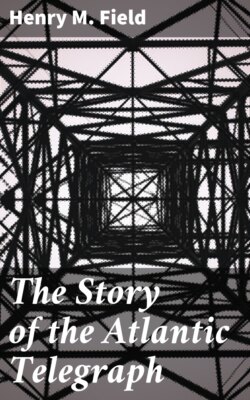Читать книгу The Story of the Atlantic Telegraph - Henry M. Field - Страница 11
На сайте Литреса книга снята с продажи.
Footnote
ОглавлениеTable of Contents
[A] One or two exceptions there were, not to be forgotten. Professor William Thomson, of the University of Glasgow, then a young man, but full of the enthusiasm of science, was already prepared to welcome such a project, with confidence of success. As early as October and November, 1854, he wrote to the Secretary of the Royal Society of London, declaring his belief in its practicability. The letters are published in the Proceedings of the Royal Society for 1855. Such faith was not visionary, for it was based on clearer knowledge and more thorough investigation, and gave promise of those eminent services which this gentleman was afterwards to render to the cause of electrical science. Mr. C. F. Varley, also, was one of the first to perceive the possibility of an ocean telegraph, as he was to contribute greatly to its final success.
[B] The letters of Mr. Taylor, which first appeared in The New York Tribune have been since collected in one of his volumes of travel. Mr. O'Brien, a very brilliant writer, who afterward fell in our civil war, fighting bravely for his adopted country, furnished some spirited letters to The Times. But Mr. Mullaly, who appeared for The Herald, was the most persevering attendant on the Telegraph, and the most indefatigable correspondent. He accompanied not only this expedition, but several others. He was on board the Niagara in 1857, and again in both the expeditions of 1858; and on the final success of the cable, prepared a volume, which was published by the Appletons, giving a history of the enterprise. This contains the fullest account of all those expeditions which has been given to the public. I have had frequent occasion to refer to his book, and can bear witness to the interest of the narrative. It is written with spirit, and doubtless would have had a longer life, if the cable itself had not come to an untimely end.
